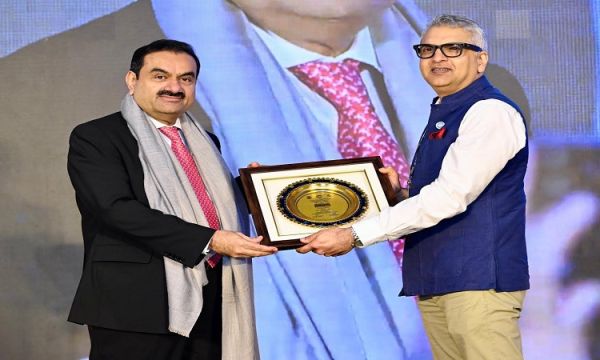In the fast-evolving world of financial services, data integration has become the backbone of progress and efficiency. Shanmukha sai nadh avvari delves deep into the latest technologies transforming this sector, outlining the role of Open Banking, real-time data streaming, and data fabric architecture in modern financial ecosystems. These innovations are not only addressing current challenges but are setting the stage for a more interconnected, intelligent financial infrastructure.
Unleashing Possibility with Open Banking APIs
Real-Time Decision Making with Streaming AI
Financial institutions are leveraging real-time data streaming to process over 100,000 events per second with sub-10 millisecond latencies, powered by technologies like Apache Kafka, event sourcing, and CQRS patterns. This enables immediate AI applications such as fraud detection with 95% accuracy, microsecond response times in algorithmic trading, and real-time personalized customer analytics. Challenges like data quality, model drift, and latency are managed through continuous validation, auto-retraining, and ongoing optimization for seamless performance.
Weaving Intelligence Through Data Fabric
Data fabric architecture is redefining how financial institutions manage complexity. Unlike siloed systems, data fabric creates a unified platform across on-premise, cloud, and edge environments. Organizations report cost reductions of 30–40% and faster product rollouts.
At its core, data fabric uses metadata intelligence and knowledge graphs to connect data points and streamline discovery. This simplifies governance, strengthens security, and empowers business users with self-service, shrinking time-to-data access by 65%. These improvements boost customer satisfaction, regulatory compliance, and operational efficiency.
Convergence: The Next Frontier
Composable financial services arise from this fusion, letting institutions design modular products with agility. This drives higher digital engagement, lowers acquisition costs, and enables rapid creation of tailored offerings. In this model, financial services become flexible ecosystems, reconfigurable on demand.
Looking Ahead: Semantic, Quantum, and Decentralized Horizons
Emerging trends signal greater shifts ahead. Semantic interoperability ensures systems not only communicate but truly understand shared data. This reduces integration errors and accelerates the onboarding of new data sources, enabling more analysis and less reconciliation. Quantum computing, still in early application, promises immense computational power for financial modeling and portfolio optimization.
With up to 72.9% faster processing in trials, the future of real-time financial intelligence may soon be quantum-driven. The integration of decentralized finance (DeFi) is bridging traditional systems with blockchain networks. This boosts transaction speed and attracts a younger, digitally native audience. As institutions adopt DeFi strategies, finance moves toward a borderless, real-time future.
In conclusion, the financial sector stands on the cusp of a transformation powered by seamless data integration. By adopting and aligning Open Banking APIs, AI-driven real-time streaming, and data fabric architectures, institutions unlock agility, insight, and customer value. This journey demands more than technical upgrades it calls for a cultural shift toward openness, adaptability, and ethical data governance. As Shanmukha sai nadh avvari illustrates, organizations that thrive will be those embracing these innovations not just as tools, but as the foundation for reimagining financial services in an interconnected, intelligent era.









